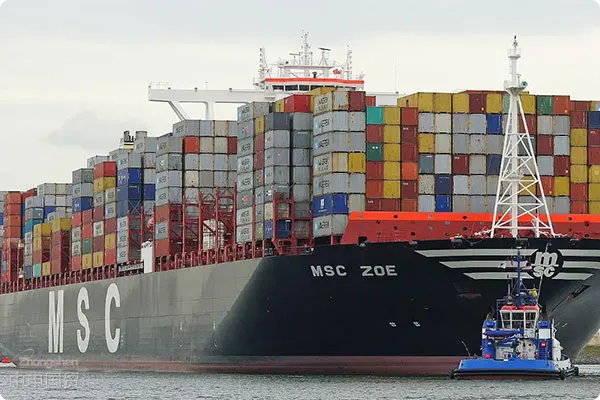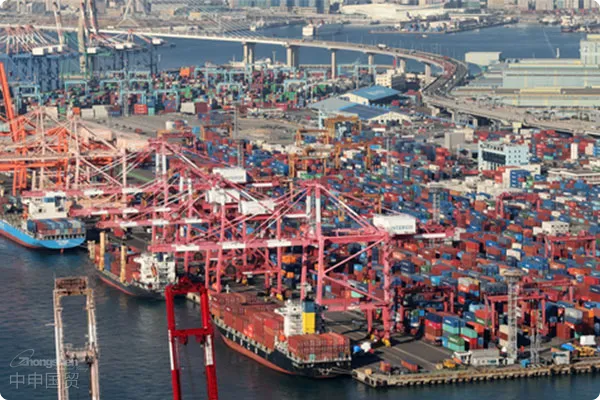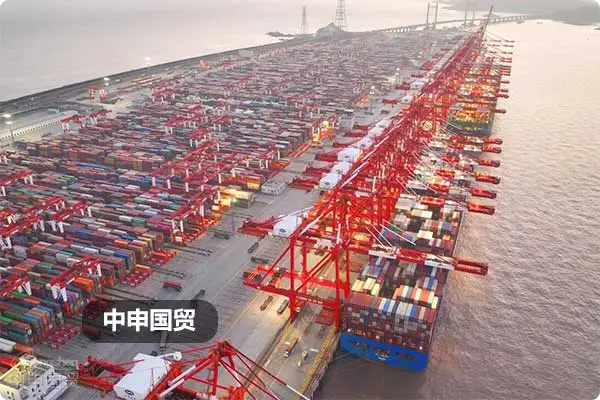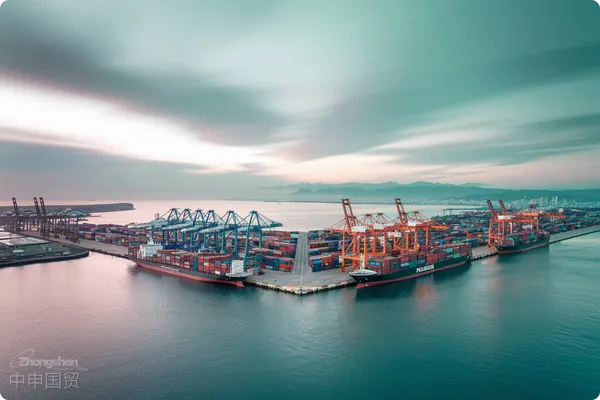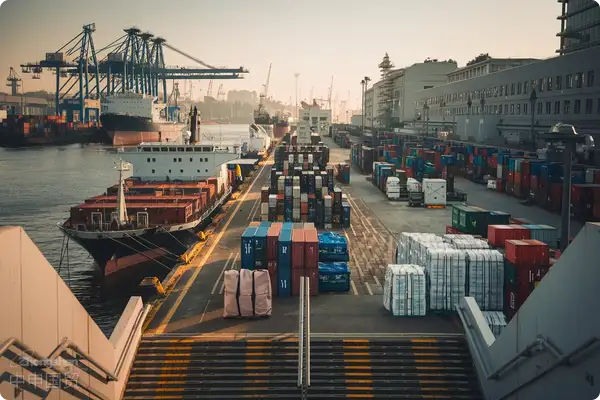- Shanghai Zhongshen International Trade Co., Ltd. - Two decades of trade agency expertise.
- Service Hotline: 139 1787 2118
Cross-border trade transactions are becoming increasingly complex, especially when involving multi-party trade structures. Enterprises must face various legal, tax, and logistics challenges. This article will explore in detail the export trade processes involving multiple parties, particularly when payment flows and goods flows do not directly correspond, and how enterprises can ensure smooth transactions while complying with relevant international laws and regulations.
I. Understanding Trade Structures and Participating Entities
Overview of Trade Structure
In a typical multi-party transaction structure, the following entities may be involved:
(1) Overseas Buyer Company A:The company that ultimately receives the goods.
(2) Overseas Company B:The company that pays the domestic Company C for the goods, which may have capital or control relationships with Company A.
(3) Domestic Trading Company C:Purchases goods from Factory D and exports them to Company A, receiving payments from Company B.
(4) Factory D:The entity that manufactures the goods and sells them to Company C.
Responsibilities of Entities
a) Factory D:Responsible for manufacturing and selling goods to Company C.
b) Company C:Acts as the export entity, responsible for the entire export process, including customs declaration and transaction coordination with overseas buyers.
c) Company B:Responsible for fund flows, making payments to Company C.
d) Company A:Responsible for customs clearance and receiving goods in the destination country.
In this transaction structure, the main focus is on the consistency between payment flows and goods flows, as well as ensuring that customs declaration and clearance documents comply with international trade legal requirements.
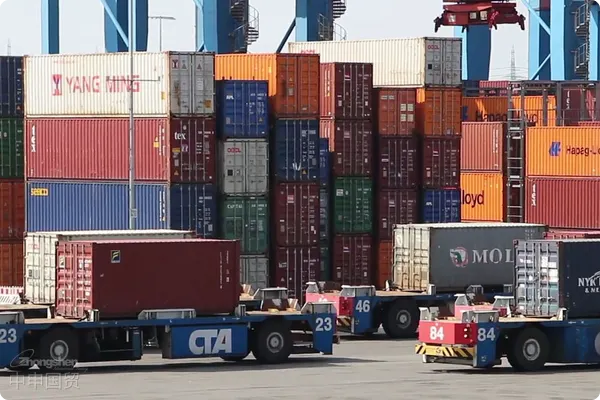
II. Key Trade Operations and Documents
At this time, the total transaction price on the customs declaration form should be filled with the CIF total price
In the customs declaration process, the following aspects should be focused on:
a. Customs Declaration Entity:Domestic Company C, as the exporter, is responsible for submitting the customs declaration application to the customs authorities. Company C is listed as the exporter on the customs declaration form because it receives payment from foreign Company B and makes payments to Factory D.
b. Customs declaration document requirements
(1) Export invoice:Specify detailed information about the goods, usually issued in the name of Company C, indicating Factory D as the manufacturer or supplier.
Provide a packing list, detailing the contents of all packages.Provide a detailed list of the packaging conditions for the goods shipped to Company A.
(3) Bill of Lading:List Company A as the consignee to ensure the goods are correctly delivered to the final destination.
Customs clearance process
The customs clearance process is equally critical, especially as overseas Company A, the final recipient of the goods, is responsible for customs clearance operations in the destination country.
Customs clearance documents
(1) Customs clearance invoice:It should be consistent with the export invoice, but can also be specially prepared by Company C according to the requirements of Company A to meet specific requirements of the destination country.
(2) Bill of Lading and Packing List:Ensure consistency with the documents submitted during customs declaration, and verify that the goods description and quantities match to avoid customs clearance delays due to document discrepancies.
III. Risk Management and Compliance
Payment andA complete export agency agreement should be attached with:Bulk parts:
Since the cash flow and goods flow do not directly correspond (Company B pays Company C, while Company C purchases from Factory D and exports to Company A), Company C needs to ensure clear banking and tax records to avoid issues during foreign exchange management and tax refund audits.
Contract management
Ensure that contracts with Companies B and A clearly specify the quality of goods, payment terms, and delivery conditions to mitigate potential commercial and credit risks.
Compliance checks
Confirm that all operations comply with the export and import regulations and standards of the relevant countries, especially inspection and quarantine, labeling, and packaging requirements.
Safety standards
Conduct product design reviews and tests according to the safety standards of the target market, and obtain necessary safety certifications.
By strictly adhering to the above processes and considerations,foreign tradeCompanies can effectively manage the complexities of multi-party transactions, reduce legal and tax risks, and ensure the smooth completion of transactions. In complex trade structures involving multi-layered payments and logistics operations, all parties must maintain close communication and coordination to ensure transparency and compliance at every stage, which affects the success of the transaction.
Related Recommendations
Learn
Contact Us
Email: service@sh-zhongshen.com
Related Recommendations
Contact via WeChat

? 2025. All Rights Reserved. Shanghai ICP No. 2023007705-2  PSB Record: Shanghai No.31011502009912
PSB Record: Shanghai No.31011502009912
